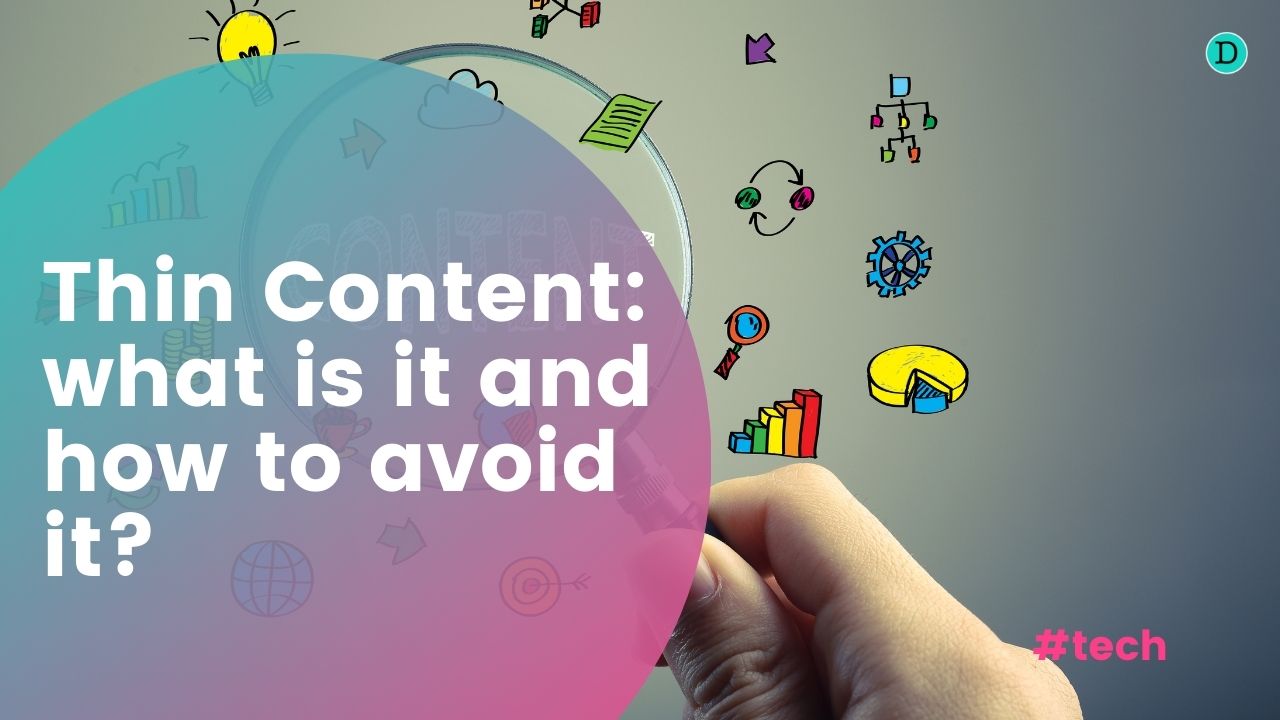
Pablo Herrera
Head of SEO & Content
Although they shouldn’t be opposed, the struggle between automation vs customization is a constant in the world of digital marketing. We have more and more tools that allow us to automate our communications with the public, but the possibilities for customization are not always up to par.
I was thinking about this because I received an email in my professional inbox from a supposed CEO of another agency wanting to participate in a personal project. A project that has nothing to do with marketing or the overcoming stories (identical to thousands of other overcoming stories we usually see in these supposed gurus) that this gentleman was telling me.
I politely replied that his story had no place in my project and that I recommended him to personalize his messages. He also replied, very politely, that he didn’t need to personalize anything, that he was doing very well and was very successful.
What a *******, I thought. Then I thought that my response might also have been somewhat passive-aggressive and that I deserved it. In any case, it made me reflect on the current situation between automation vs. customization and if, really, it would be worth it or if I would be missing opportunities.
The problem with unqualified data
índice

What do I mean by this? Well, that probably this CEO sends out 300 interview requests to as many radio programs and gets 5 responses, and he sees that as a success.
Is it a success? Well, if we consider that he has only wasted the time to write a single email full of clichés (perhaps even taking advantage of the ease of creating content with Chat GPT), then probably it is. What’s the problem?
That he probably hasn’t gotten quality responses. Or that better responses that were feasible have been lost along the way.
After all, that’s the problem with cold-call sales. You can sell something, but it will always be much less than what you would sell if you properly work the entire funnel.
If you have a radio program about marketing or entrepreneurship, following the example, you will always prefer as a guest someone whose work you know or follow than a man who sends you an email saying that he has gone to Andorra and is killing it but is begging for collaborations. You are not killing it that much if the interviews are not coming to your door on their own.
In the end, you need to work the funnel beforehand and the direct contact should not happen before the discovery phase and from the business, in this case, the entrepreneur, to the customer.
Working in an agency specialized in full funnel solutions, every time I see someone deciding to skip the funnel entirely, it sets off alarms for me.
Qualifying data

So, what would we need? Well, first of all, to qualify the raw data. For example, you’ve identified all the marketing and entrepreneurship professionals who have a podcast on LinkedIn. Use artificial intelligence, which works wonderfully for these things.
Now, check which of them have a podcast for businesses. Then do another screening to see which of them interview entrepreneurs. Or consider another format.
I personally believe – and I am right – that to get good clients for your agency, participating in a debate or in a program where you talk about your area of expertise would be more useful than simply telling a success story that involves moving to a tiny country where it’s very cold. If you’ve been so successful, why couldn’t you afford to stay in Madrid?
If, on the other hand, I hear you talking about how you deal with real success stories on a daily basis, you’ll probably have my attention, and if I needed someone in that field, I might remember you.
Anyway, since the content you’re looking for is interviews, do the filtering. Once you have filtered the marketing programs that interview professionals, it’s time to launch automation.
But, beware, you must first personalize all possible fields.
It’s not even necessary to use artificial intelligence; with basic tools that everyone uses like Mailchimp, we can personalize fields and introduce the name of the program, for example.
The less generic the email, the higher the chances of conversion.
Is time wasted on personalizing?

This leads to the next question. How much effort should be put into personalizing? And the answer in this battle between automation vs. customization is that it depends.
There are times when customization is essential. Firstly, and as in the example, if we are going to make a cold approach.
On the other hand, if, for example, we have a newsletter with subscribers who are already curated in advance, we can go 100% automation. These subscribers already know who you are and what you offer, and that’s why it’s one of the channels that offers the highest return on investment.
However, if we are going to approach strangers, the contact should be different. Do you know how many copy-paste messages I receive on LinkedIn every week trying to sell me some kind of SEO tool or link building? Always the same dynamic, friend request and, just upon accepting, sales message.
If you commented on my posts and we had other types of interactions, maybe I would pay attention to you, but if you just want to sell directly what you are showing me is that you don’t know what you are doing and that, probably, your tool is not worth my time.
In the end, customization can bring a higher return, but it also works in the longer term, before being able to delegate entirely to automation. Additionally, it’s not always easy to calculate this return, and it usually may require several years.
Networking and relationships

With customization, it’s like with networking. It is, without a doubt, the best way to acquire clients, but you don’t always know how long you will have to wait for it.
I often think about the strategy that ING Direct followed with its no-payroll account (currently a non-account, sponsoring Operation Triumph on Prime Video because they still know where their clientele is). While traditional entities forced you to pay a fee for account maintenance when you turned 25 unless you had a payroll direct deposit, ING made it free.
What happened? Well, in my generation, turning 25 caught us in the middle of a crisis and with the highest rates of youth unemployment in the history of Spain. Some managed to get precarious jobs off the books, some were paid in cash, others did unpaid internships, or continued their education. So we all fled en masse from our traditional banks to avoid fees.
A few years passed, and we all managed to get jobs and left our payrolls with ING. Traditional banks thought in the short term and lost the opportunity to have good long-term clients, at least until they started looking for mortgages. And we know the situation with housing.
There are many ways to build relationships with clients, and it would be a topic for another complete article, but my point is that customization ends up yielding results, but for that, you will have to measure them and wait a considerable time, in some businesses even one, two, or three years.
How to work on automation vs. customization?

The answer to this question is simple: integrating personalization into our automations. Yes, it will require more time at first, but later it will be worth it, at least if you are someone who thinks in the long term.
It’s the same with Black Hat SEO. Using it offers an immediate advantage, but it harms you in the medium term as Google changes its algorithm. When I devise an SEO strategy, I do not use these tricky strategies, and sometimes it takes me longer to achieve my objectives, but I do not have to worry about the new update knocking down all my work.
The peace of mind of a job well done always compensates.
Thus, the most advisable thing is to automate already qualified data and always depending on the specific case. An automation is not always a good idea.
I’ll give another example. When a new client comes to a marketing agency, you can send them an automated form with what you need to know about their business, but if you then do not have a face-to-face meeting to discuss it, the client will not be satisfied.
In the end, there’s a difficult balance to strike, where experience puts us in a better or worse position. Automation yes, but customization too. Separately, they are good strategies and will bring you acceptable results, but together they are unbeatable. You’ll save time, and the potential client will feel loved and understood. What more could you ask for?


